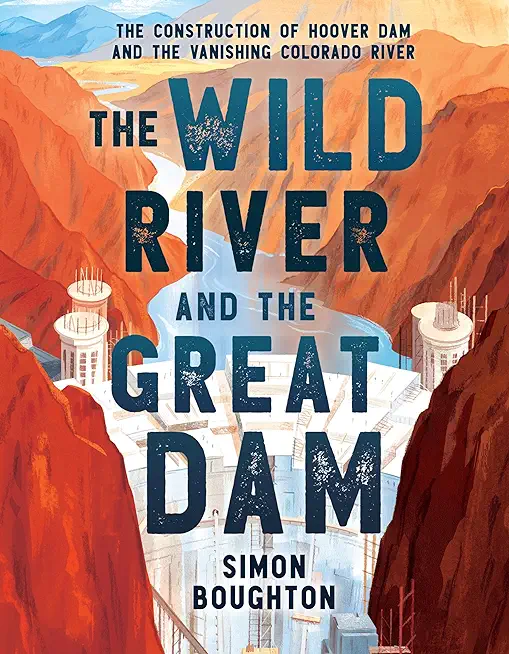
Boughton, Simon
product information
description
0A BOOKLIST TOP TEN SCI-TECH READ - Discover the complicated history behind the construction of Hoover Dam--one of the country's most recognizable and far-reaching landmarks--and its lasting political and environmental effects on the Colorado River and the American West. ★ "In this detailed and informative work, Boughton chronicles the construction of the Hoover Dam via compellingly comprehensive text." --Publishers Weekly, starred review ★ "This well-written narrative is bound to become the authority on this modern American marvel." --Booklist, starred review At the time of its completion in 1936, Hoover Dam was the biggest dam in the world and the largest feat of architecture and engineering in the country--a statement of national ambition and technical achievement. It turned the wild Colorado River into a tame and securely managed water source, transforming millions of acres of desert into farmland while also providing water and power to the fast-growing population of the Southwest. The concrete monolith quickly became a symbol of American ingenuity; however, its history is laden with contradiction. It provided work for thousands, but it was a dangerous project that exploited desperate workers during the Depression. It helped secure the settlement and economies of the Southwest, but at the expense of Indigenous peoples and the environment; and it created a dependency on the Colorado River's water, which is under threat from overuse and climate change. Weaving together elements of engineering, geography, and political and socioeconomic history, and drawing heavily from unpublished oral histories taken from dam workers and their families, Simon Boughton's thoughtful and compelling debut--featuring historical photographs throughout--follows the construction and impact of Hoover Dam, and how its promise of abundance ultimately created a river in crisis today. CCBC Choice 2025
Junior Library Guild Gold Standard Selection
Booklist Editors' Choice 2024
NSTA-CBC Best STEM Book
School Library Journal Best Nonfiction Middle to High School 2024
Junior Library Guild Gold Standard Selection
Booklist Editors' Choice 2024
NSTA-CBC Best STEM Book
School Library Journal Best Nonfiction Middle to High School 2024
member goods
No member items were found under this heading.
listens & views

GREAT TAKES ON 60'S SOUNDTRACK ...
by GREAT TAKES ON 60'S SOUNDTRACK CLASSICS / VAR
COMPACT DISC$12.09
Return Policy
All sales are final
Shipping
No special shipping considerations available.
Shipping fees determined at checkout.






